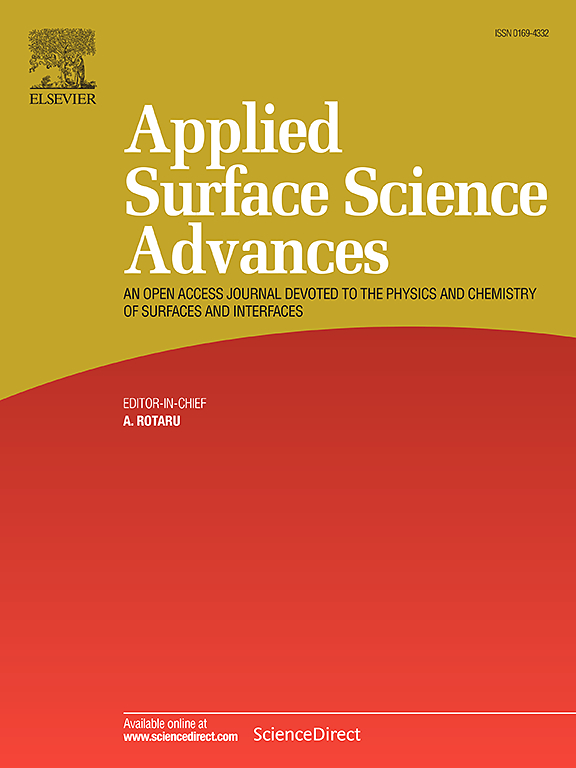Real-time prediction of dielectric properties in a HZO-Based thin-film capacitor using deep learning
IF 8.7
Q1 CHEMISTRY, PHYSICAL
引用次数: 0
Abstract
The dielectric properties of hafnium–zirconium oxide (HZO)-based thin-film capacitors are critical for optimizing device performance and improving device reliability. Conventional methods for characterizing these properties rely on direct electrical measurements, which are time-consuming and unsuitable for large-scale semiconductor production. This study presents an AI-based method that rapidly predicts the dielectric properties of HZO thin films from microscopic image data. A convolutional neural network (CNN) model was trained to infer dielectric behavior based on color changes induced by post-metal annealing (PMA) process conditions. These surface color variations are directly linked to internal structural phase transitions, supporting the use of optical features as indicators of dielectric phase states. The model achieved prediction accuracies of 63 % and 50 % when trained on image data from HZO and Mo regions in HZO thin-film capacitors, respectively. Using combined image data from both regions improved accuracy to 88 %, highlighting the significance of capturing both HZO crystal structure changes and Mo electrode oxidation effects. This AI-based inspection technique enables rapid, non-contact classification of dielectric properties at the chip level before the packaging process, offering a practical tool for early detection and process optimization in semiconductor manufacturing. In addition, this AI-based imaging inspection may work as a sensor module for the real-time feedback control system to achieve the targeted dielectric properties. While demonstrated on HZO, the approach can be extended to other thin-film materials where physical or chemical changes affect surface appearance, providing a scalable and cost-effective platform for inline quality control across various device fabrication processes.
基于深度学习的hzo薄膜电容器介电性能实时预测
氧化铪锆(HZO)薄膜电容器的介电性能对优化器件性能和提高器件可靠性至关重要。表征这些特性的传统方法依赖于直接的电测量,这既耗时又不适合大规模的半导体生产。本研究提出了一种基于人工智能的方法,可以从显微图像数据中快速预测HZO薄膜的介电性能。训练卷积神经网络(CNN)模型,根据金属后退火(PMA)工艺条件引起的颜色变化推断介电行为。这些表面颜色变化与内部结构相变直接相关,支持使用光学特征作为介电相状态的指示器。对HZO薄膜电容器中HZO和Mo区域的图像数据进行训练后,该模型的预测精度分别达到63%和50%。结合两个区域的图像数据,将精度提高到88%,突出了捕捉HZO晶体结构变化和Mo电极氧化效应的重要性。这种基于人工智能的检测技术能够在封装过程之前快速,非接触式地对芯片级的介电特性进行分类,为半导体制造中的早期检测和工艺优化提供实用工具。此外,这种基于人工智能的成像检测可以作为实时反馈控制系统的传感器模块,以实现目标介电性能。虽然在HZO上进行了演示,但该方法可以扩展到物理或化学变化影响表面外观的其他薄膜材料,为跨各种设备制造工艺的在线质量控制提供了可扩展且具有成本效益的平台。
本文章由计算机程序翻译,如有差异,请以英文原文为准。
求助全文
约1分钟内获得全文
求助全文

 求助内容:
求助内容: 应助结果提醒方式:
应助结果提醒方式:


